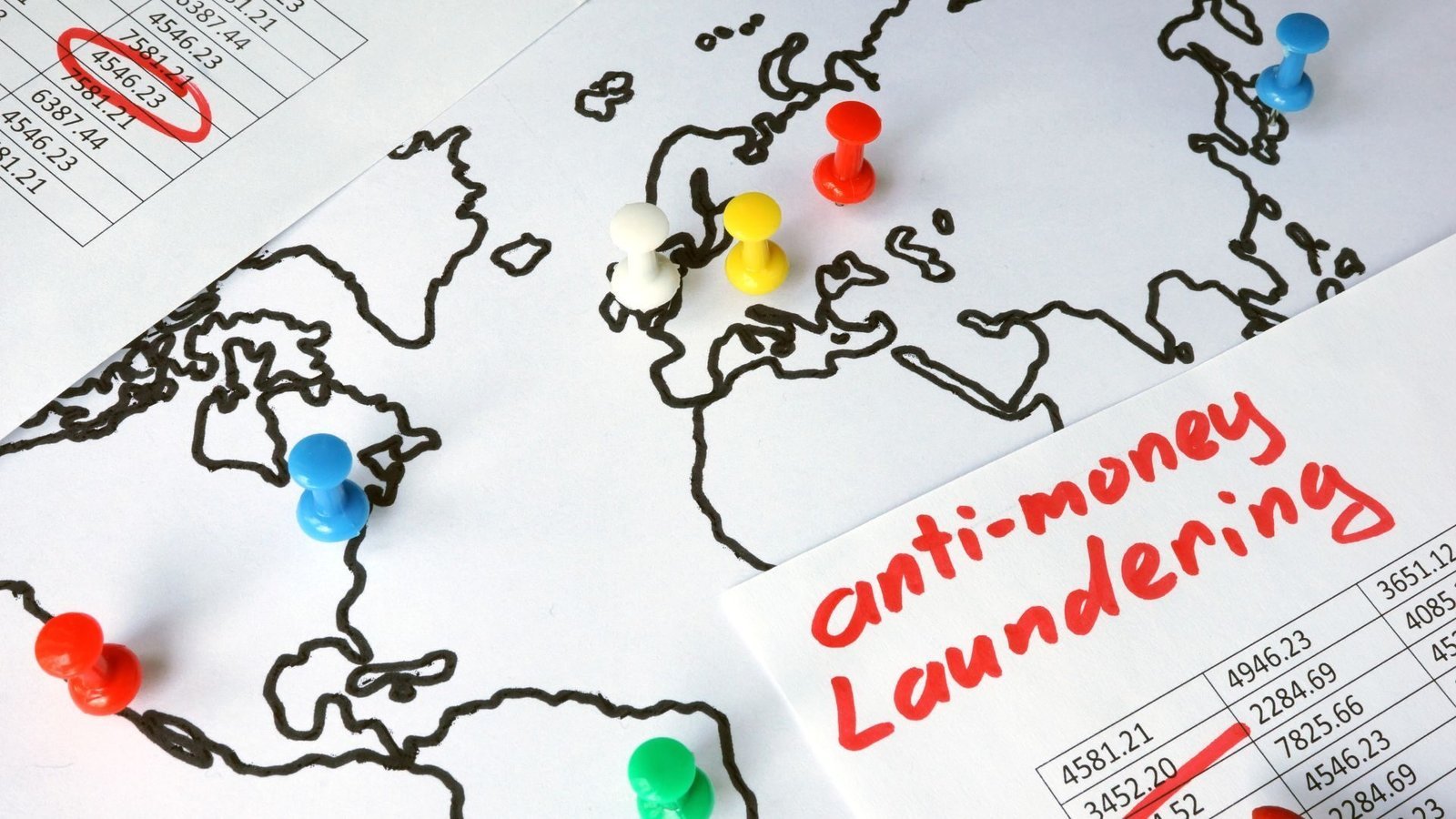Money Launderers – An Investigative Deep Dive into Illegal Activity Fueled by Virtual Bets
The allure of online gambling has exploded in recent years, fueled by the pandemic and the legalization of single-event sports betting in Canada. But lurking beneath the veneer of flashing lights and adrenaline-pumping wins lies a sinister reality: a playground for dirty money and launderers looking to clean their ill-gotten gains.
FINTRAC Sounds the Alarm
Canada’s Financial Transactions and Reports Analysis Centre (FINTRAC), the country’s financial intelligence agency, is raising the red flag. In a recent newsletter, they expose the “criminal exploitation” of both unlicensed and legitimate online gambling platforms, painting a stark picture of how dirty money finds its way into the seemingly innocuous world of virtual wagers.
The Web of Deceit: Unraveling the Money Launderer’s Playbook

FINTRAC’s findings reveal a sophisticated web of tactics employed by money launderers to move legitimate funds and exploit online gambling vulnerabilities. Here’s a closer look at the playbook:
Vouchers and Prepaid Cards: A common tactic involves purchasing vouchers or prepaid cards using suspected criminal proceeds. These are then used to deposit funds into gambling accounts, creating a layer of anonymity.
E-Transfers and Wire Transactions: Once the funds are deposited, they are quickly withdrawn via e-transfers or wire transfers, often disguised as winnings, and funneled into Canadian bank accounts.
Unlicensed and Licensed Sites: Both unlicensed and licensed platforms can be vehicles for money laundering. Bank accounts linked to criminal activities like human trafficking and drug dealing can be easily drained through frequent online gambling transactions.
Circular Transactions: Some accounts exist solely for money laundering purposes, exhibiting cyclical activity where funds are repeatedly deposited and withdrawn from the same gambling sites.
Organized Crime’s Grip: In one chilling example, FINTRAC uncovered an organized crime group laundering money through a non-licensed gambling site, using accounts belonging to separate businesses.
Red Flags for Financial Institutions:

FINTRAC equips financial institutions with a crucial list of red flags to identify potential money laundering activity through online gambling:
Accounts solely used for online gambling: Be wary of accounts exhibiting no other banking activity beyond gambling transactions.
Excessive transactions: Watch out for unusually large or frequent transactions with gambling websites, especially those raising concerns about customer verification, wager limits, or licensing.
Beyond Canada’s Borders: A Global Challenge
The issue of money laundering through online gambling extends beyond Canada’s borders. FINTRAC highlights the involvement transfer money out of gambling companies operating in jurisdictions with weak anti-money laundering regimes, often shrouded in secrecy and offering tax haven benefits.
Combating the Tide: A Collaborative Effort
Tackling this complex issue requires a concerted effort from various stakeholders. FINTRAC’s proactive approach in raising awareness and providing red flags is crucial. However, effective collaboration between law enforcement agencies, financial institutions, and regulatory bodies across the globe is essential to disrupt the flow of dirty money through financial system and dismantle the criminal networks behind it.
Beyond the Headlines: A Call for Transparency and Accountability

The exposé by FINTRAC sheds light on a concerning yet often overlooked aspect of the online gambling industry. This information should not be confined to mere headlines. Increased transparency within the online auctions industry, along with stricter regulations and robust enforcement mechanisms, are necessary to ensure that the thrill of online gambling isn’t marred by the stench of criminal activity.
Feeling lucky? Want to test your odds on the virtual tables or reels? Dive into the exciting world of online casinos and online gaming with our latest blog post! Click here.
Money Laundering FAQs: Unmasking the Dirty Money Game
1. Who is the most famous money launderer?
Pinpointing a single “most famous” money launderer is difficult due to the secretive nature of the crime and the varying notoriety of money launderers and perpetrators across different regions and eras. However, some names like Pablo Escobar, Al Capone, and Griselda Blanco (the “Godmother of Cocaine”) gained infamy for their extensive empires built on illicit funds and sophisticated laundering schemes.
2. How do you identify a money launderer?
It’s challenging to identify individual money launderers without specialized training and access to the financial institutions’ data. However, certain red flags can raise suspicion:
Excessive cash transactions: Frequent transactions involving large amounts of cash, especially without clear sources of income, might indicate attempts to avoid trace.
Suspicious account activity: Rapidly moving funds between accounts, inconsistent financial statements, and transactions with high-risk jurisdictions could be warning signs.
Unexplained wealth: Individuals living lavishly despite seemingly low income or unusual business practices may warrant scrutiny.
3. What is classed as money laundering?
Money laundering involves any act aimed at laundering money or at concealing the origin of funds obtained illegally. This includes activities like:
Placement: Converting illegal cash into seemingly legitimate assets like property or cryptocurrency.
Layering: Complexly moving funds through various financial institutions and transactions to obscure their trail.
Integration: Reintroducing laundered funds into the legitimate economy by reinvesting them in businesses or personal expenses, making them appear lawful.
4. How do banks catch money launderers?
Banks employ various strategies to make financial transactions and detect suspicious activity:
Know Your Customer (KYC) checks: Thoroughly verifying the identity and financial background of clients helps identify potential risks.
Transaction monitoring: Banks analyze transaction patterns and flag unusual activity based on pre-set parameters and red flags.
Suspicious Activity Reports (SARs): If internal systems detect potentially suspicious activity, banks are obligated to file SARs with relevant authorities for further investigation.
Collaboration: Banks cooperate with law enforcement agencies and financial intelligence units to share information and track down money laundering networks.
Remember, identifying and prosecuting money laundering is a complex process. While these FAQs provide a basic understanding of money laundering, understanding the full scope of the crime and its detection methods requires specialized knowledge and access to specific data.


